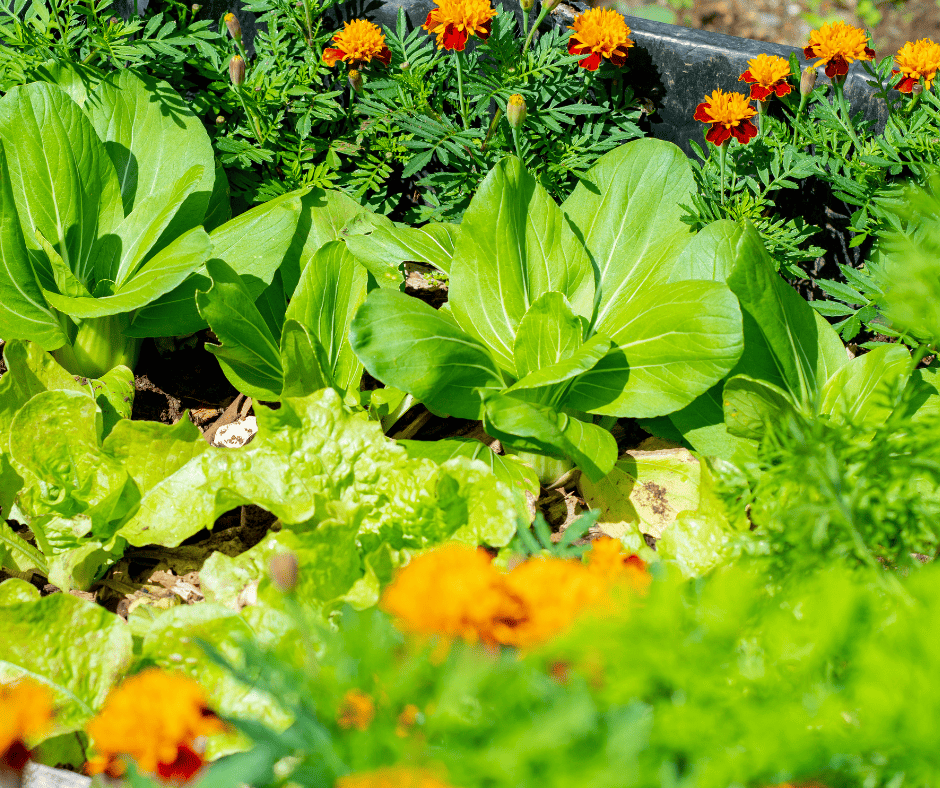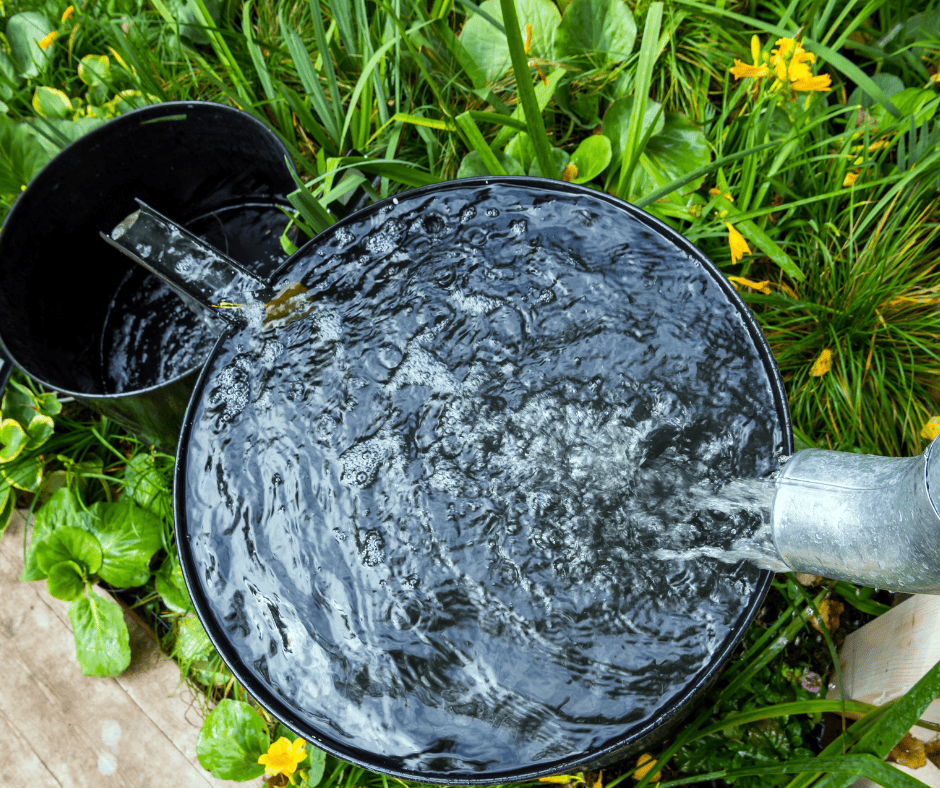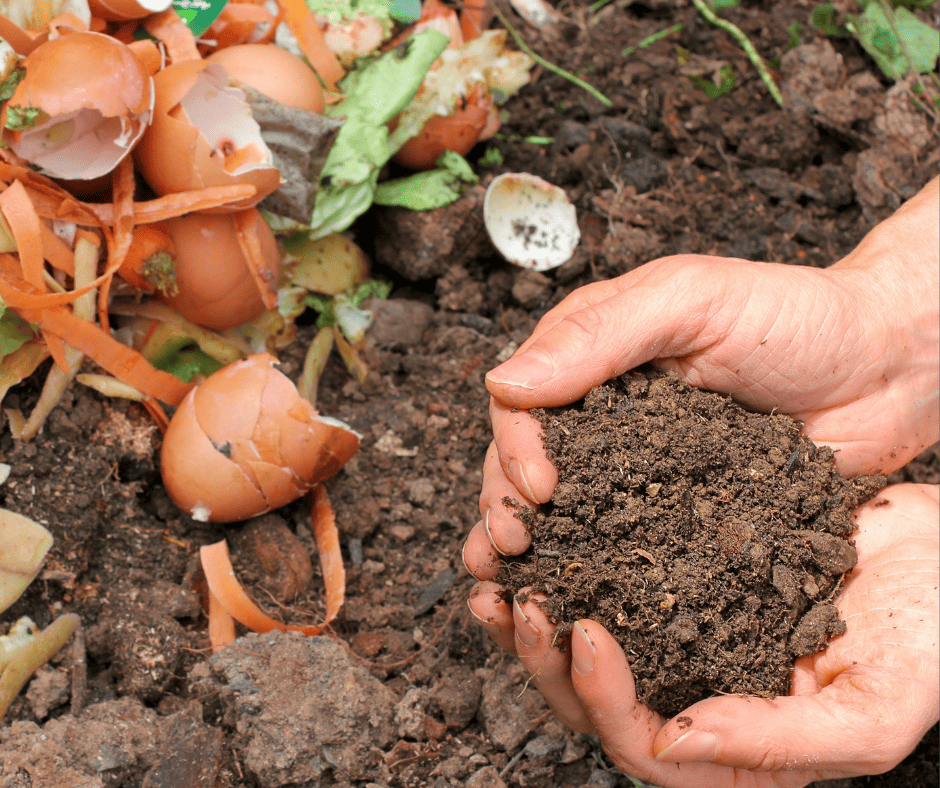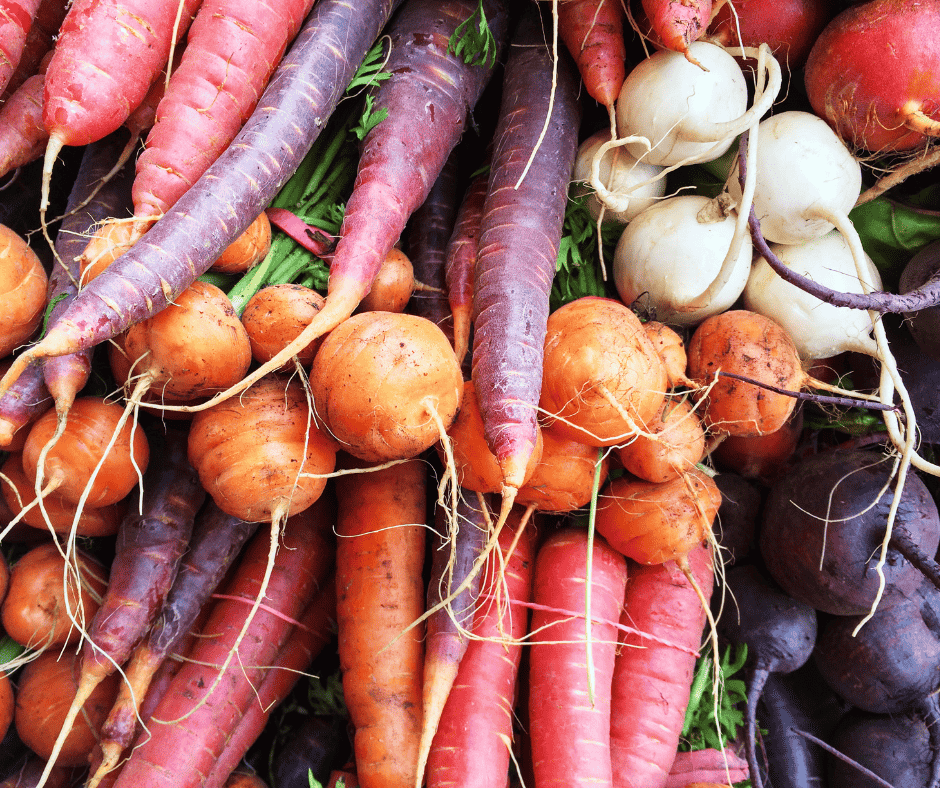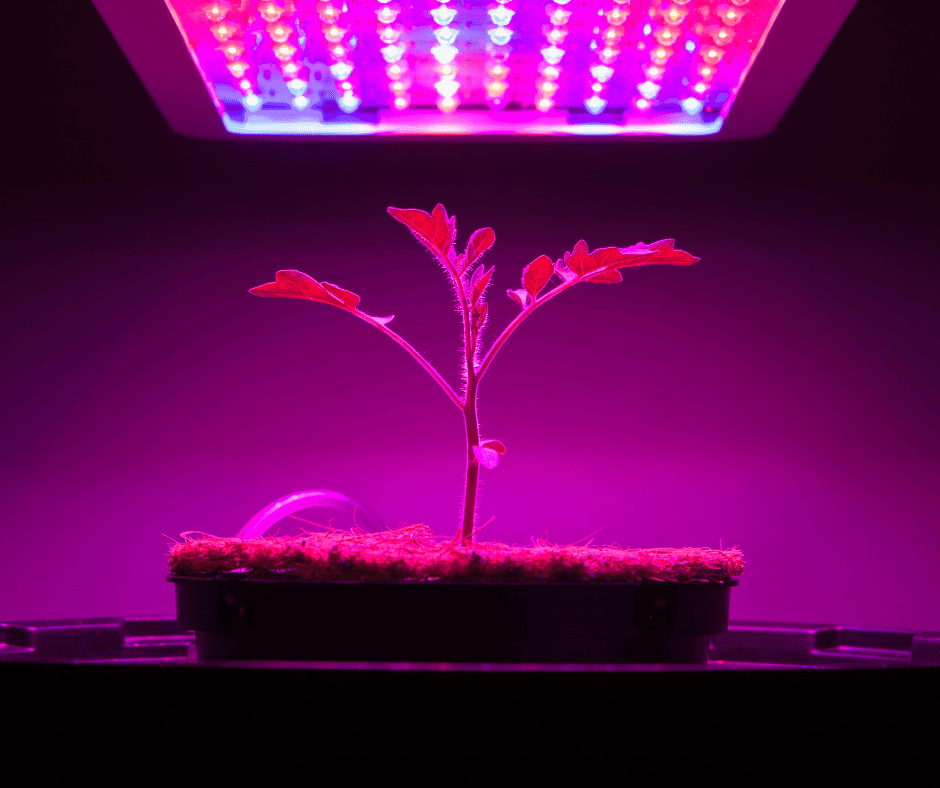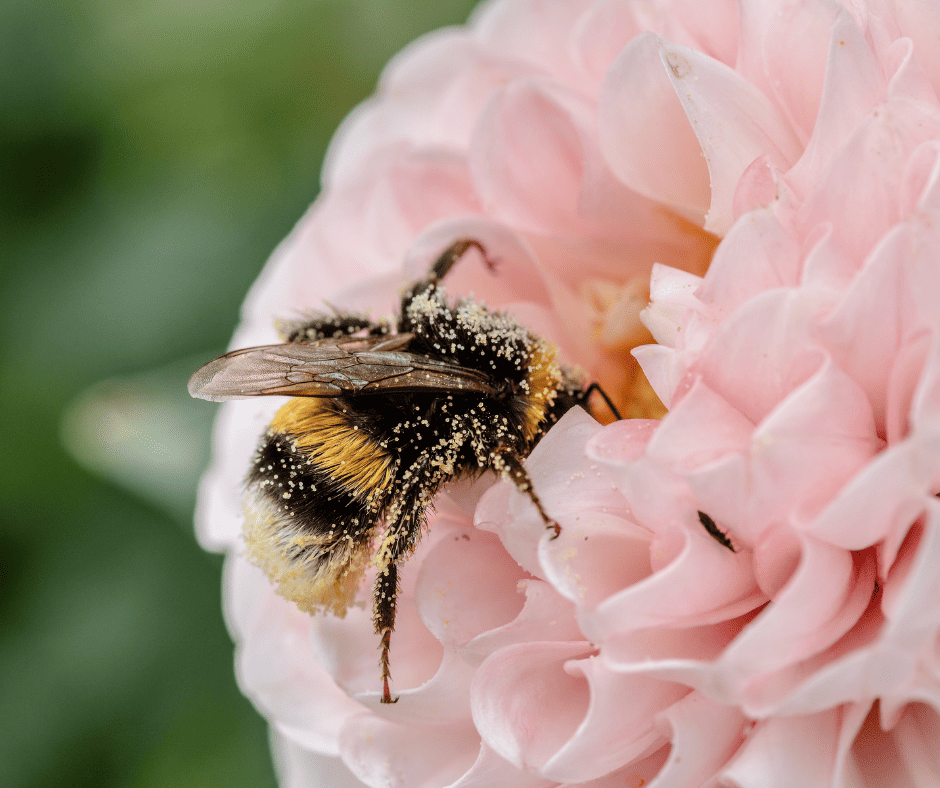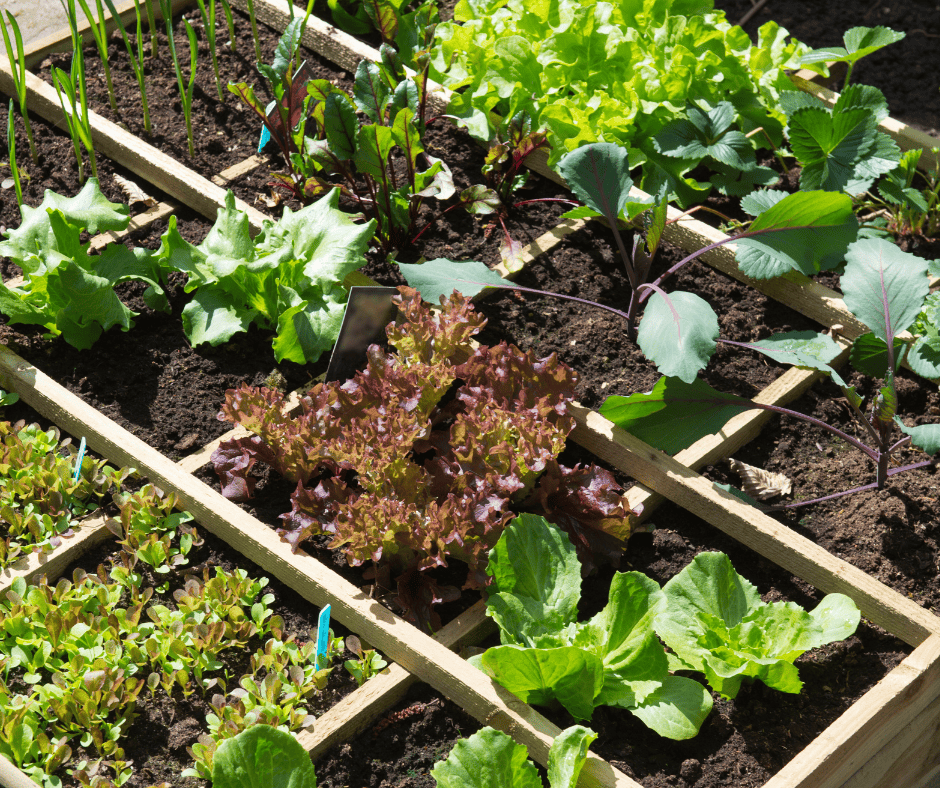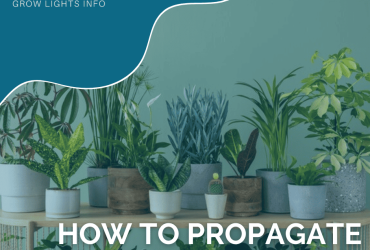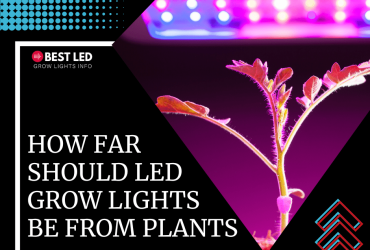How to Create a Sustainable Garden
During my journey as a gardener, I’ve focused primarily on organic gardening and eco-friendly strategies. As a result, I’ve long had a strong interest in learning how to garden sustainably, ensuring I made the best possible use of natural resources while limiting overall consumption, as well as techniques that helped me grow healthy plants along the way.
Since resource conversation and sustainability are also essential in the eyes of many others, I wanted to share what I’ve learned while cultivating a sustainable garden. If you’ve been wondering, “How can I make my garden self-sustainable?” here’s what you need to know about creating a sustainable garden.
What Makes a Garden Sustainable?
Technically, no official line in the sand determines if a garden is sustainable or not. Instead, it’s simply gardening in a way that limits or eliminates harm to the world around you. To put it another way, if a strategy could have a clear negative impact on the environment, it shouldn’t be part of a sustainable garden design.
Resource conversation – such as conserving water – is a big part of the equation, as well as ensuring soil health and avoiding unnecessary chemicals. Making sure that you don’t plant any invasive species is also wise if sustainability is a goal.
What Plants Are Best for a Sustainable Garden?
When you aim to create a sustainable garden, focusing on native plants is often wise. Those are designed to flourish in your climate, as they’re the native plant species indigenous to your area. As a result, they generally take fewer resources to keep in good shape, as they’ve adapted to the local climate, soil composition, and rainfall levels.
Choosing nectar-rich plants that attract pollinators and other beneficial insects in your area is also wise. Along with supporting the pollinator population, you’re ensuring your garden gets what it needs, leading to better harvests while eliminating the need for manual pollination.
Finally, make sure to avoid invasive species. An invasive species can be incredibly damaging to the environment, as it often pushes out native flora. Plus, some are very hard to control, so they may quickly overtake your entire garden and extend beyond your property, becoming a nuisance to others.
How to Create a Sustainable Garden
Make Your Garden Organic
Going organic is essential if you want a sustainable garden, as it’s an eco-friendlier option that significantly reduces the amount of chemicals you use to care for your plants. Plus, organic practices are typically healthier if you’re cultivating a food garden.
Plant Strategically
Strategic planting allows you to reduce your need for extra resources and support the environment, making it a greener way to garden. For example, choosing native plants that are acclimated to your region may reduce your watering needs. Similarly, taking vegetables that grow well together and placing them in groups can help maintain soil health while ensuring your plants functionally support one another, leading to a better harvest. With strategic planting, growing flowers in your vegetable garden or nearby is especially wise to attract pollinators.
Water Wisely
When it comes to sustainability, finding ways to reduce the amount you need to water is a big part of the equation. Using native plants can make a difference, as they’re usually capable of doing well based on local rainfall. Similarly, eliminating landscaping dependent on watering – such as a grassy lawn – can further reduce water consumption.
If you have plants that need more water than the usual rainstorms provide, consider rainwater harvesting. That allows you to collect rainwater when rain happens and use it later to support your plants, significantly reducing your use of local water supplies.
By coupling rainwater collection with drip irrigation systems, you also get a more efficient approach to watering. Again, it helps you use less water than many traditional methods, making your garden more sustainable.
Add Mulch
For an outdoor garden, mulch is your friend. First, mulch can keep weeds at bay, ensuring your garden isn’t competing for critical resources. Second, it helps hold moisture in the soil, reducing your need for watering.
Generally, a layer that’s 2-to-3 inches deep works well in most cases. Just select a sustainable mulch, such as grass clippings, coir, or pine needles.
Start Composting
Composting lets you build healthy soil from organic material. You can use lawn clippings, food waste, and similar options to create a nutrient-rich natural fertilizer. Along with reducing waste, this allows you to maintain the health of your plants without the need for chemical alternatives.
Use Natural Pest Control
Natural pest control options let you avoid unnecessary chemicals, which is critical for organic and sustainable gardening. You can use nets and fencing to keep some critters at bay or turn to pest deterrents made from natural ingredients. For example, a homemade garlic spray is often quite effective and won’t harm your garden.
Adding specific plants to your garden can also help deter and control pests. For example, marigolds naturally repel some insects. The same applies to many herbs, including lemon balm, rosemary, sage, dill, mint, and basil.
While many people recommend diatomaceous earth as a natural pest control option, it’s best to use it with caution. It’s a broad spectrum, and it can harm beneficial insects as well as the pests you want to keep out of your garden. Plus, it can pose a risk to people and pets if it’s accidentally inhaled, so it isn’t always the best choice overall.
Learn to Store Your Harvest
Part of sustainability involves ensuring any food you grow doesn’t go to waste. By learning how to store your harvest long-term, you can get the most out of what you cultivate. Plus, it may allow you to meet your food needs with a smaller garden, and smaller gardens require fewer resources.
Canning is a classic example of a practice that improves sustainability, as does figuring out how to blanch and freeze various vegetables properly. Learning how to store root vegetables is another excellent option.
Regrow Plants from Your Own Seeds
Once your garden is established, learning how to save seeds from one harvest to support the next growing season supports sustainability. By storing seeds, you don’t have to purchase new seeds. Instead, you’re tapping an existing resource, making the process of growing plants much more eco-friendly.
Make Indoor Gardens Efficient
If you want to start seeds indoors, grow tomatoes indoors, or otherwise have an indoor garden, ensuring your setup is efficient is essential. When gardening inside, you typically have to use some energy resources to maintain the plants. But fortunately, there are ways to reduce your consumption.
First, go with LED grow lights over the alternatives. They are highly capable and use far less electricity than their traditional counterparts.
Using grow tents can also make a difference. With a grow tent, you can regulate the temperature in a smaller space, reduce exposure to bothersome pests, and concentrate any lighting in a specific area. As a result, you can use less electricity and get better results.
Frequently Asked Questions
Why Is Sustainable Gardening Important?
Sustainable gardening is vital since it focuses on doing as little harm to the environment as possible while also conserving resources. It can lessen your dependence on the local water supply, all while ensuring your soil condition is maintained correctly. Plus, it can help reduce carbon emissions, which could help you do a small part in slowing global warming.
Many sustainable gardening practices also rely on organic gardening techniques. You won’t introduce as many potentially harmful chemicals to the ecosystem, and that’s critical for the health of people, pets, and wildlife in the area. Plus, any food you create is typically safer to consume since chemicals aren’t part of the equation.
What Is Sustainability Planting?
Planting for sustainability is essentially the same concept as sustainable gardening. The goal is to create an outdoor space that uses fewer resources to maintain its health and support the natural, local environment.
Sustainability planting can help restore native biodiversity, too. Plus, the end result is typically lower maintenance, as the plants are designed to thrive in your region and generally have adapted to local climate conditions and rainfall levels.
With sustainable planting, you avoid introducing potentially harmful plants, like invasive species. Again, this helps you maintain local biodiversity by ensuring a non-native species doesn’t start squeezing out native plants.
What Plant Is Sustainable?
Generally, any plant that’s long-lived, non-invasive, not connected to a known significant disease or insect problem, and tolerant to local rainfall levels are considered sustainable. Additionally, they’re respectful of local biodiversity, ensuring they don’t come with ramifications like incidentally drawing beneficial insects – such as pollinators – away from native species.
As a result, what plants are considered sustainable varies from region to region. For example, orange trees may be sustainable in parts of the southern and western United States, but they aren’t designed to flourish in most of the central and northern parts of the country. Since that’s the case, attempting to grow one in a less-than-ideal region isn’t necessarily a sustainable practice.
Can a Vegetable Garden Really Be Sustainable?
Many people wonder if a vegetable garden can legitimately qualify as sustainable. Often, by using the strategies above, ensuring a vegetable garden is sustainable is genuinely possible. Plus, many would say that growing your own vegetables is an eco-friendlier practice than purchasing them from the store, as you’re creating your own fresh produce instead of relying on vegetables grown elsewhere and transported to your nearest grocer.
What Are Sustainable Gardening Practices?
Sustainable gardening practices include any strategy or technique that avoids the introduction of unnecessary chemicals, limits the production of waste, and isn’t harmful to the local environment. Resource conservation is also a significant part of the equation, as reducing the amount of water or electricity needed to keep the garden healthy is eco-friendlier than those that are highly resource dependent.
The techniques outlined above all qualify as sustainable gardening practices. As a result, you can use them as you start your journey toward a sustainable garden.
Enjoyed this post? Pin it!



